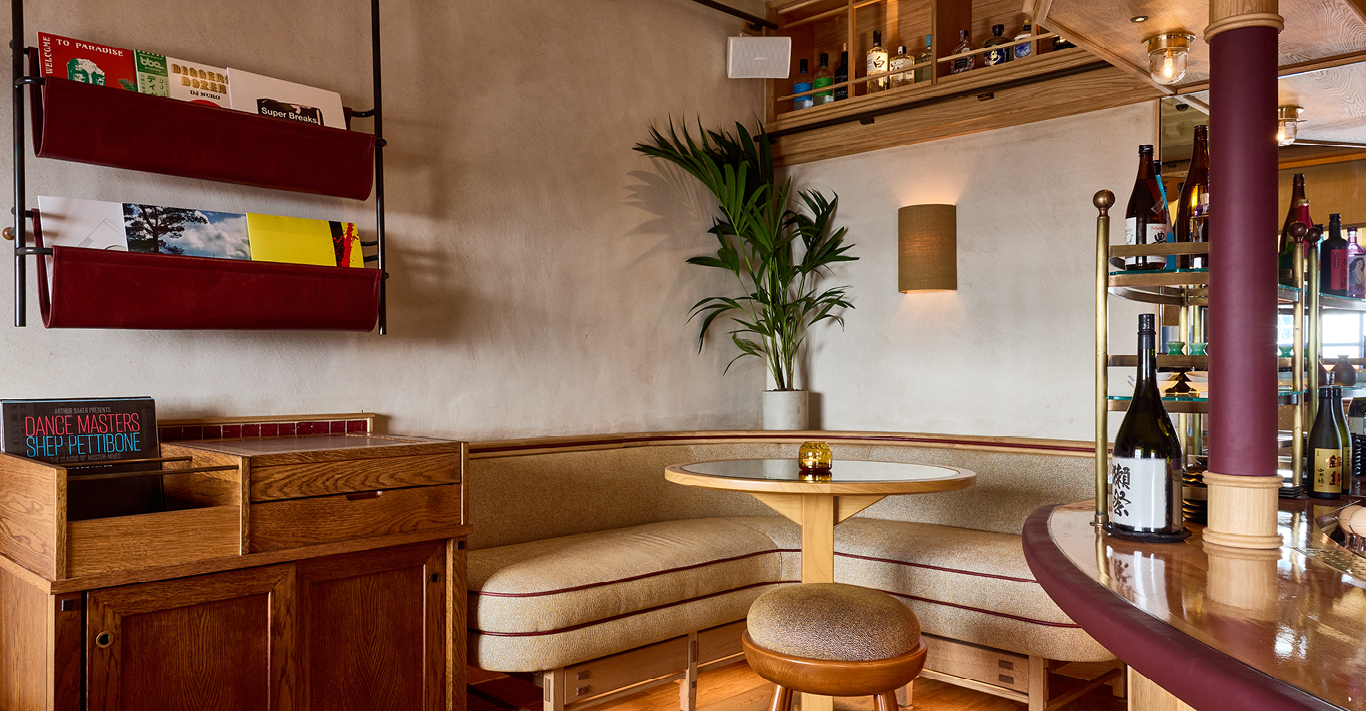ILLUSTRATION
Lena Yokoyama
WORDS
Amy Raphael
Richard Geoffroy is a lifelong disrupter. Born in the heart of the Champagne region in 1954, he elected not to become a seventh-generation vigneron, opting instead to study medicine. By the mid-80s, however, he could no longer ignore his heritage, but instead of finally agreeing to take over his father’s champagne estate in north-east France, he got a job with Moët & Chandon, specifically focussing on its vineyards in Napa Valley and Australia. In 1990, he became chef de cave at Dom Pérignon and, as chief winemaker, defined the brand for nearly three decades.
In his mid-60s, the charismatic Geoffroy left Dom Pérignon. He was globally renowned, with Forbes referring to him as legendary, and could easily have retired; a life of golf courses and long vacations beckoned. Yet, ever restless, he turned his attention to making sake in Japan. Why? Talking over Zoom from his home in France, he laughs. ‘I’m nuts! Seriously, I wanted to get away from the comfort zone of wine. I’d done as much as I could. I’m a creative guy and I needed new challenges. Winemaking is constrained by appellations, seasonal vintage variations, global warming… the bottom line was that I wanted to apply my expertise, my talent to something else.’
Geoffroy first visited Japan in 1991, for Dom Pérignon, and fell in love, hard. He has now been around 100 times, each time learning more about the country’s ‘profound’ culture. Inevitably, he was fascinated by sake, and, ultimately, wanted to be more than a visitor. He wanted to contribute – by making IWA, his own premium sake. Over time, he assembled what he refers to as a dream team of collaborators. He set up shop with Ryuichiro Masuda, the fifth-generation owner of a sake brewery established in 1893. He asked his old friend, the acclaimed Japanese architect Kengo Kuma, to design the brewery in Tateyama in Toyama Prefecture, near the coast north-west of Tokyo. Finally, he asked another old friend, the Australian designer Marc Newson, to design the bottle in black, with Japanese brush strokes.
In the four years since IWA originated – its name derived from Shiraiwa, the village where it’s produced – it has stood out in the sake market. Partly because Geoffroy is so committed to a drink that is no longer the most popular in Japan. Although Geoffroy is a risk taker, he couldn’t be sure that the Japanese sake scene would embrace an outsider. Was he welcomed? ‘Yes and no. Pre-launch, no more than yes. Dom Pérignon has cult status in Japan, so the attitude was very much, “Richard, we love you, why don’t you keep making Dom Pérignon?” When we bought the land in Toyama – a sensational place with pristine nature – and started building a modern brewery, at great expense, with Japan’s leading architect, people started paying attention. Although the sake industry was in decline, we were bullish in our commitment and had great faith in the future of premium sake. Slowly, people starting respecting IWA. And now? They love the taste of it. It’s a new sensation, something that is familiar and yet has been kind of shuffled around so that it’s like nothing they’ve ever tasted before.’
It should go without saying, then, that Geoffroy has become an expert in the brewing of sake, which is, he says, ‘far more complex than winemaking because there are more options, more microbiology’. Traditionally made from rice (polished to rid it of its impurities), water and koji (a safe variety of mould whose enzymes break down starch into sugar), IWA is different because Geoffroy also introduced assemblage. Otherwise known as the blending of base wines, assemblage is a core part of champagne’s production process. ‘Our sake is assembled for balance and complexity. It’s unprecedented to assemble to this extent; in 1,200 years of sake making, we are one of the first to blend across the rice varieties. It’s such an advantage being an outsider!’
After concentrating on the Japanese, Chinese and American market (The New York Times referred to IWA as “terrific”), he will now be focussing on bringing his premium sake to European wine drinkers. It’s already available in fine dining restaurants across the UK, as well as from Harvey Nichols and high-end online wine sellers such as Hedonism, which describes the £135 bottle of IWA Assemblage 3 2021 as “the most refined style of sake”, but it still feels like an industry secret. Not, Geoffroy expects, for long. He has now been adopted by Japan and hopes that, in turn, the world will soon adopt IWA.





